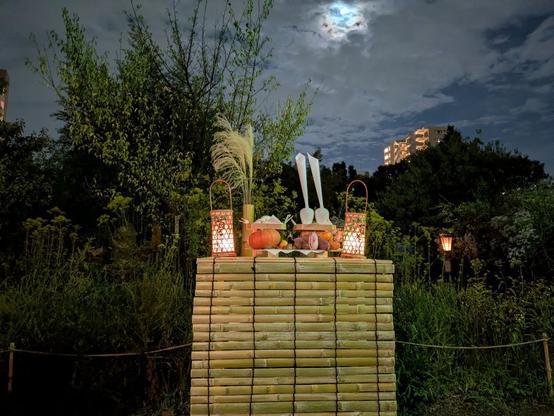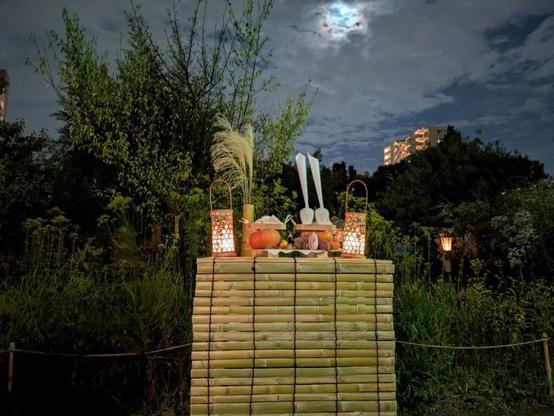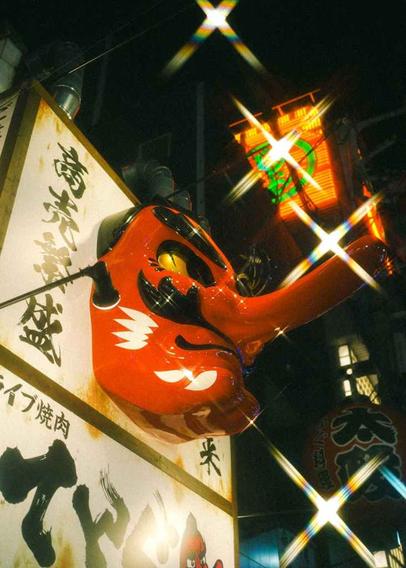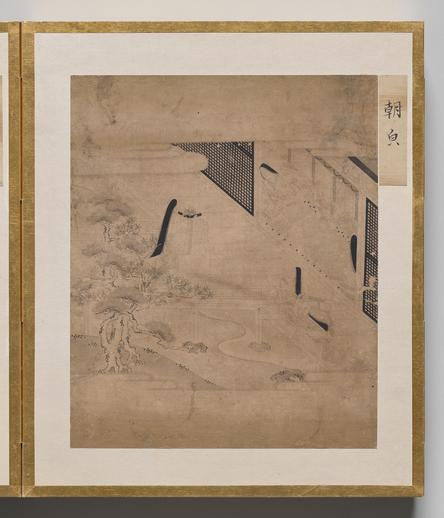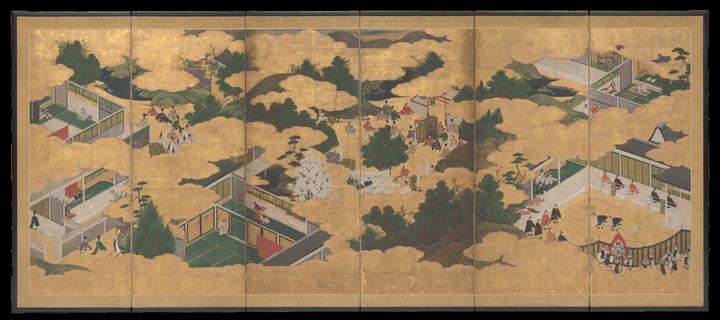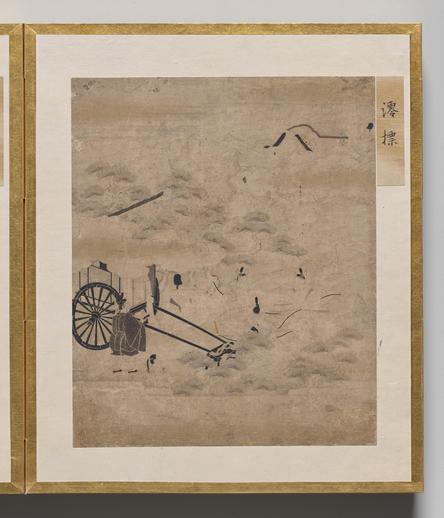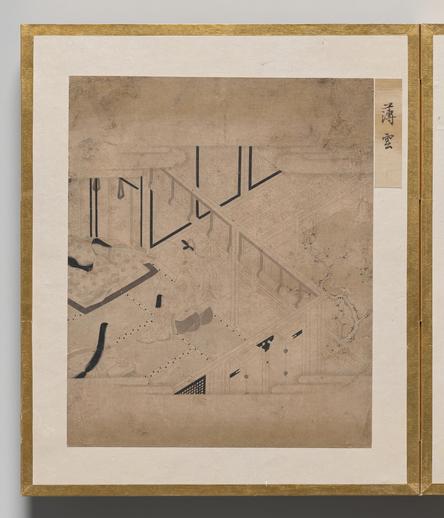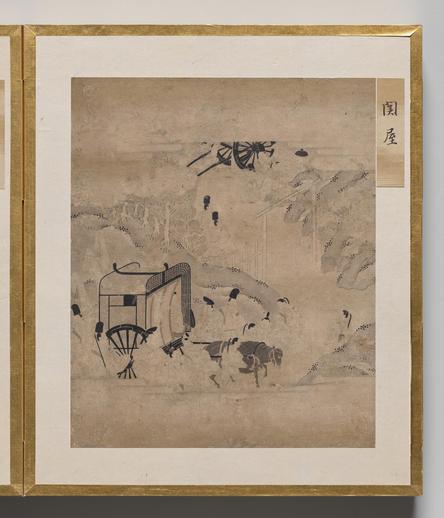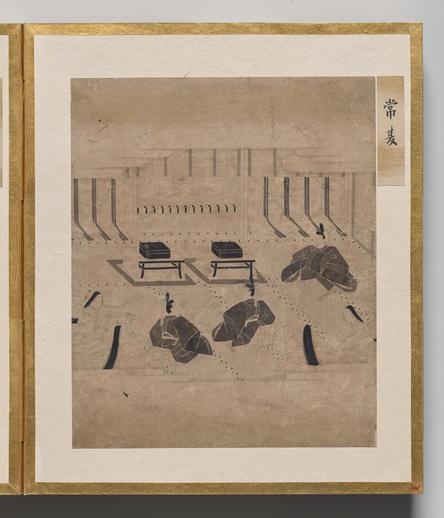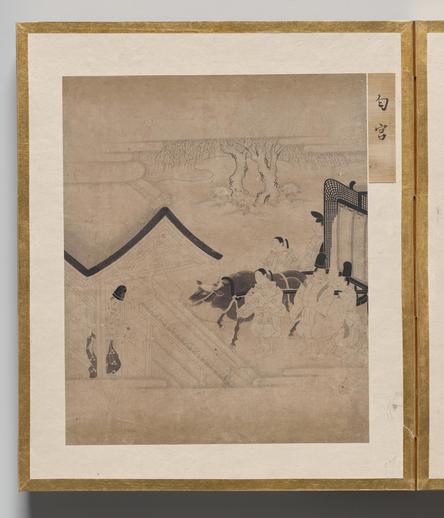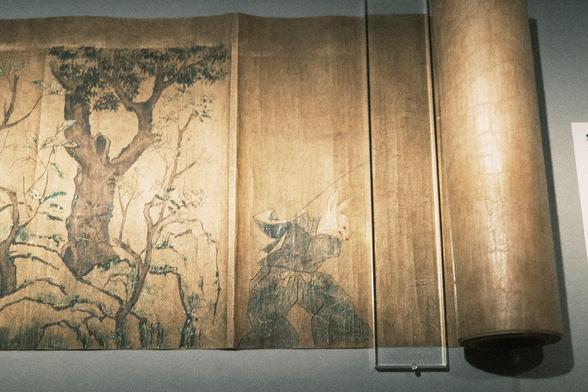Tengu
Tengu literally means “Heavenly Dog.” These are a type of legendary creature found in the Shinto belief. They’re considered a type of yokai (supernatural beings) or Shinto kami (gods or spirits). The tengu were originally thought to take the forms of birds of prey & a monkey deity. They were traditionally shown with human, monkey, & avian/bird characteristics.
Sarutahiko Okami is considered to be the original model for Konoha-Tengu. This is a supernatural creature with a red face & long nose. Today, this is widely considered the tengu’s defining characteristics in popular imagination.
He’s the Shinto monkey deity who’s said to shed light on Heaven & Earth. Some experts theorize that Sarutahiko was a sun god worshipped in the Ise region prior to the popularization of Amaterasu.
Buddhism had long held that the Tengu were unruly demons & harbingers of war. Their image gradually softened into 1 of protective, if still dangerous spirits of the mountains & forests. Tengu is associated with the ascetic practice of Shugendo. They’re usually shown in the clothes of its followers, the yamabushi.
The tengu appears in a variety of shapes in art. It usually falls somewhere in between a large, monstrous bird & a wholly anthropomorphized being. It’s often with a red face or an unusually large or long nose.
The early representations of tengu show them as kite-like beings who can take a human-like form. Often they keep avian/bird wings, heads, or beaks. This feature allies with the Sarutahiko Okami. Sarutahiko Okami is described in the 720 CE text, the Nihon Shoki, with a similar nose measuring 7 hand-spans in length. In village festivals, the 2 figures are often nose-portrayed with identical red phallic-nosed mask designs.
Tengu are often shown as taking the facade of a priest. Beginning in the 13th century, tengu came to be associated in particular yamabushi. These were the mountain ascetics who practiced/practices Shugendo.
This eventually found its way into Japanese art, where tengu are frequently shown in the yamabushi’s unique costume. The costume included uncommon headwear called the tokin & a pompom sash (yuigesa). Because of their priestly aesthetic, they’re often shown employing the khakkhara. This is a distinct staff used by Buddhist monks, called a shakujo in Japanese. Tengu are commonly shown holding a magical feather fan (hauchiwa).
In folk tales, these fans sometimes can grow or shrink a person’s nose. But usually they’ve attributed the power to stir up great winds.
The Konjaku Monogatarishu is a collection of stories, that was published in the late Heian period. It has in it some of the earliest tales of the tengu. These tengu are troublesome opponents of Buddhism, who mislead the pious with false images of the Buddha, carrying off monks, & drop them in remote places, possess women in an attempt to tempt holy men, rob temples, & gift those who worship them with unholy power. They often disguise themselves as priests as priests or nuns. But their true form seems to be that of a kite.
One infamous tengu from the 12th century was himself the ghost of an emperor. The Hogen Monogatari tells the story of Emperor Sutoku. He was forced by his father to abandon the throne. When he later raised the Hogan Rebellion to take back the country from Emperor Go-Shirakawa, he was defeated & exiled to Sanuki Province in Shikoku.
According to legend, he died in torment, having shown to haunt the nation of Japan as a great demon. Thus becoming a fearsome tengu with long nails & eyes, like a kite’s.
In stories from the 13th century, tengu began to abduct young boys, as well as priests that they’ve always targeted. The boys returned, while the priests would be found tied to the top of the trees or other high places. All of the tengu’s victims would come back in a state near death or madness. Sometimes after having been tricked into eating animal dung/poop.
The tengu of this period were frequently conceived of as the ghosts of the arrogant. As the creatures have become associated with vanity & pride. Today, the Japanese expression tengu ni naru (“becoming a tengu”) is still used to describe a conceited person.
One-Time Monthly Yearly
Make a one-time donation
Make a monthly donation
Make a yearly donation
Choose an amount
$1.00 $5.00 $10.00 $1.00 $5.00 $10.00 $5.00 $10.00 $15.00
Or enter a custom amount
$
Your contribution is appreciated.
Your contribution is appreciated.
Your contribution is appreciated.
DonateDonate monthlyDonate yearly
#12thCentury #13thCentury #Amaterasu #BirdsOfPrey #Buddha #Buddhism #BuddhistMonks #Emperor #EmperorGoShirakawa #EmperorSutoku #harbinger #Hauchiwa #HeavenlyDog #HeianPeriod #HoganRebellion #IseRegion #Kami #Khakkhara #Kite #KonjakuMonogatarishu #KonohaTengu #MonkeyGod #Monks #NihonShoki #Priest #SanukiProvince #SarutahikoOkami #Shakujo #Shikoku #Shinto #Shugendo #Tengu #TenguNiNaru #Tokin #Yamabushi #Yokai #Yuigesa
